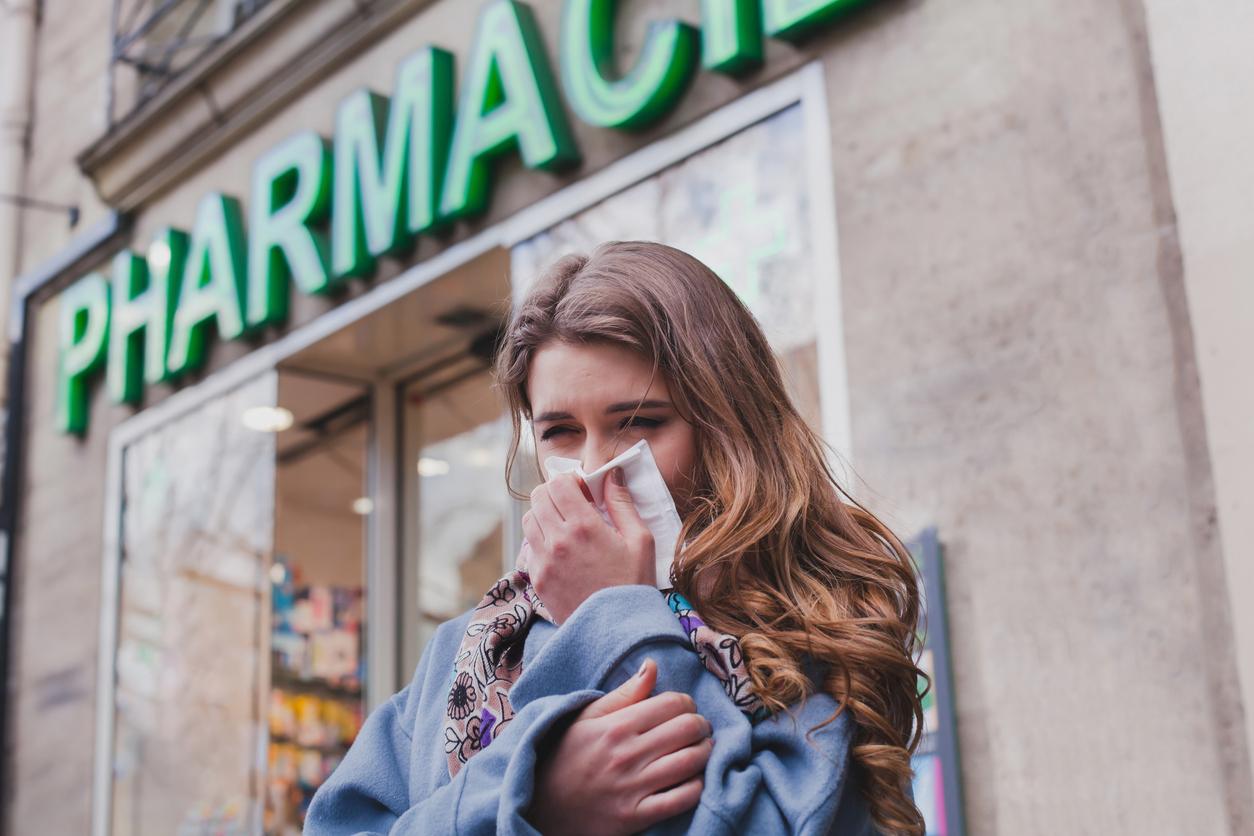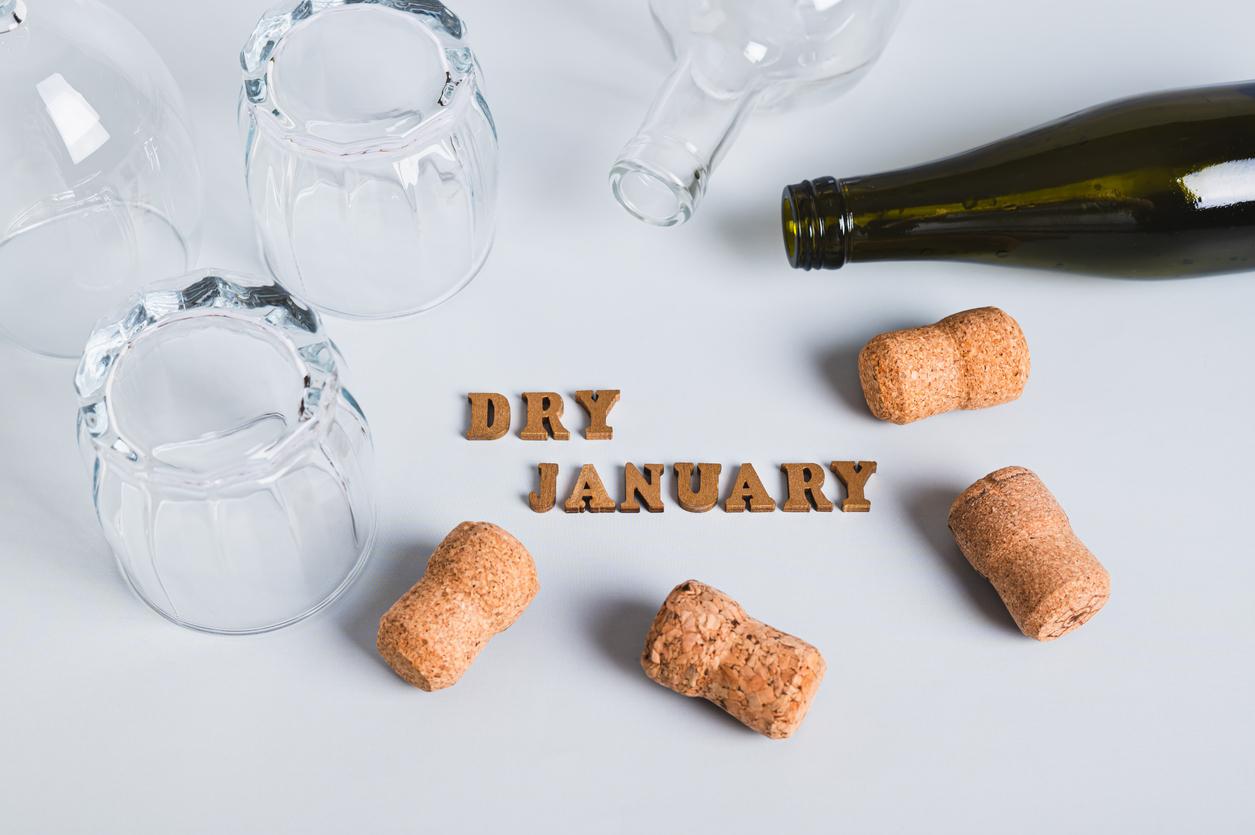Are some alcohols better for your health than others? Are people who fall into addiction particularly predisposed to being addicted? Is it really beneficial to stop drinking alcohol for a month? Let’s sort out fact from fiction with doctors Dr Jean Baptiste Méric and Dr Isabelle Godart from the Bligny Hospital Center.

The new Minister of Health Yannick Neuder has announced “dry January”, a challenge which consists of no longer drinking a drop of alcohol during the first 31 days of the year. Why embark on such an initiative? What are the advantages of such a shutdown? The doctors from the Bligny Hospital Center, Dr Jean Baptiste Méric, oncologist and Medical Director of the Bligny Hospital Center and Dr Isabelle Godart, Multipurpose Medicine Department, Addictology Liaison and Care Team, enlighten us on the subject. And if ever, after reading this interview, you feel like taking on the challenge, it is always possible to do it later!
Why Doctor: In terms of health risks, are all types of alcohol the same?
Dr Jean Baptiste Méric: Yes, all types of alcohol are “the same” and are all equally harmful. We must put an end to this misconception conveyed by the alcohol lobby: wine is not good for your health! The only acceptable risk consumption is that which falls within the acceptable consumption guidelines, that is to say not drinking every day (maximum 5 times per week) and never more than two drinks per occasion.
We must put an end to this misconception conveyed by the alcohol lobby: wine is not good for your health!
Do the French consume too much alcohol?
Dr Jean Baptiste Méric: Alcohol consumption in France remains too high. In 2017, according to declarative data from the Public Health France barometer, 35% of 18-75 year olds consume 91% of alcohol and 24% of French people aged 18 to 75 have consumption above the benchmarks. 10% of French people have a strong addiction and consume 58% of alcohol.
Are the health risks the same for women as for men?
Dr Jean Baptiste Méric: These risks are close, justifying the same acceptable consumption benchmarks cited above. Alcohol today remains the second cause of preventable mortality after tobacco with 41,000 attributable deaths per year, including 30,000 among men and 11,000 among women. It causes 35,000 new cases of cancer per year (including nearly 20,000 deaths), i.e. 8% of total cancers. There are many different ones: those we think of (liver, stomach, esophagus) but also breast cancers (8,500 cases per year – making alcohol the leading preventable cause of breast cancer).
Dr Isabelle Godart: Note for women, an “excess risk”: alcohol addiction can be more stigmatized, subject to societal disapproval, with a tendency to move away from health and medico-social structures. Furthermore, the links between problematic substance use and violence suffered or unprotected multiple sexual partners are more marked among women. We usually say that they consult 10 years later. In addition, they also have a higher risk of alcoholic liver disease.
Alcohol remains today the second cause of preventable mortality after tobacco with 41,000 attributable deaths per year.
Do certain ages of life make drinking alcohol more “risky” for the consumer?
Dr Jean Baptiste Méric: Concerning the risk of cancer or cardiovascular risk, this comes mainly from the chronicity of consumption and therefore the duration of consumption. However, due to the combination of illnesses and accidents, alcohol is the leading risk factor for mortality in the 15-49 age group.
Dr Isabelle Godart: Among young people, alcohol consumption increases the risk of dependence in adulthood and causes cognitive disorders (binge-drinking) which can hinder learning.
In pregnant women, there is a risk of Fetal Alcohol Syndrome for their fetus.
Finally, in the elderly who have lower tolerance, the risk of complications is higher (falls, cognitive disorders, interactions with medications).

Why do some people become addicted to alcohol more easily than others?
Dr Isabelle Godart: Certain risk factors are well identified: early consumption of one or more substances during adolescence, the peer model (family or referents), certain personality traits (sensation seeking, poor avoidance of danger, low self-esteem , excessive emotional reactions, relationship difficulties), psychiatric problems (ADHD, depression, anxiety, eating disorders) or even therapeutic research for the product.
How to spot an addiction?
Dr Isabelle Godart: You can use certain questionnaires (AUDIT or FACE), or find yourself in the list of criteria for alcohol dependence in the Diagnostic and Statistical Manual of Mental Disorders and Psychiatric Disorders (DSM-5-TR code 303.90*).
Dry January: 71% of participants report having better quality sleep after one month
Does consuming a lot of alcohol on weekends and taking a “cure” during the week counteract the harmful effects of drinking?
Dr Jean Baptiste Méric: This is not recommended, both because it increases the risks of diseases due to alcohol in the long term but also, more immediately, accidents and risky behaviors linked to excessive alcohol consumption (road accidents, behavior violent, unwanted sexual relations, etc.). More regular consumption could be preferable, if we stay within the benchmarks.
Dry January is becoming more and more popular, especially among younger generations, but does stopping drinking alcohol only for a month bring real benefits to the body?
Dr Jean Baptiste Méric: An estimated 4.5 million people practice Dry January. Results are visible from this first month, which can encourage people to permanently change their behavior and bring their alcohol consumption back to the acceptable benchmarks of two drinks per occasion, with days without consumption.
Thus, among the participants, 71% said they had better quality sleep after one month, 67% said they had more energy, 58% said they had lost weight and 57% of them noticed improved skin quality. improved. Finally, we can also feel better concentration.
*DSM-5-TR code 303.90:
“Inappropriate pattern of use of a substance (here alcohol) leading to clinically significant impairment of functioning or suffering, characterized by the presence of 3 (or more) of the following manifestations, at any time during a continuous period of 12 months:
- The substance is often taken in larger amounts or for a longer period of time than intended.
- There is a persistent desire, or unsuccessful efforts, to decrease or control the use of the substance.
- Much time is spent on activities necessary to obtain the substance (e.g., traveling long distances), using the product, or recovering from its effects.
Craving, or urgent desire to drink alcohol. - Recurrent alcohol consumption prevents the person from fulfilling important obligations at work, school or home.
- Use of the substance is continued despite the person experiencing persistent or recurring social or interpersonal problems that may have been caused or exacerbated by alcohol.
- Important social, work, or leisure activities are given up or reduced because of substance use.
- Recurrent alcohol consumption in physically dangerous situations.
- Use of the substance is continued even though the person knows they have a persistent or recurring psychological or physical problem that may have been caused or exacerbated by alcohol (e.g., continued use of alcoholic beverages even though the subject recognizes the worsening of an ulcer due to alcohol consumption).
- Tolerance, defined by any of the following symptoms: Need for significantly greater amounts of the substance to achieve intoxication or the desired effect; Effect significantly reduced with continued use of the same quantity of alcohol.
- Withdrawal, characterized by one or other of the following manifestations:
- Withdrawal syndrome characteristic of the substance (see Withdrawal criteria A and B above)
- The same substance (or a very similar substance, such as benzodiazepine) is taken to relieve or avoid withdrawal symptoms.

















